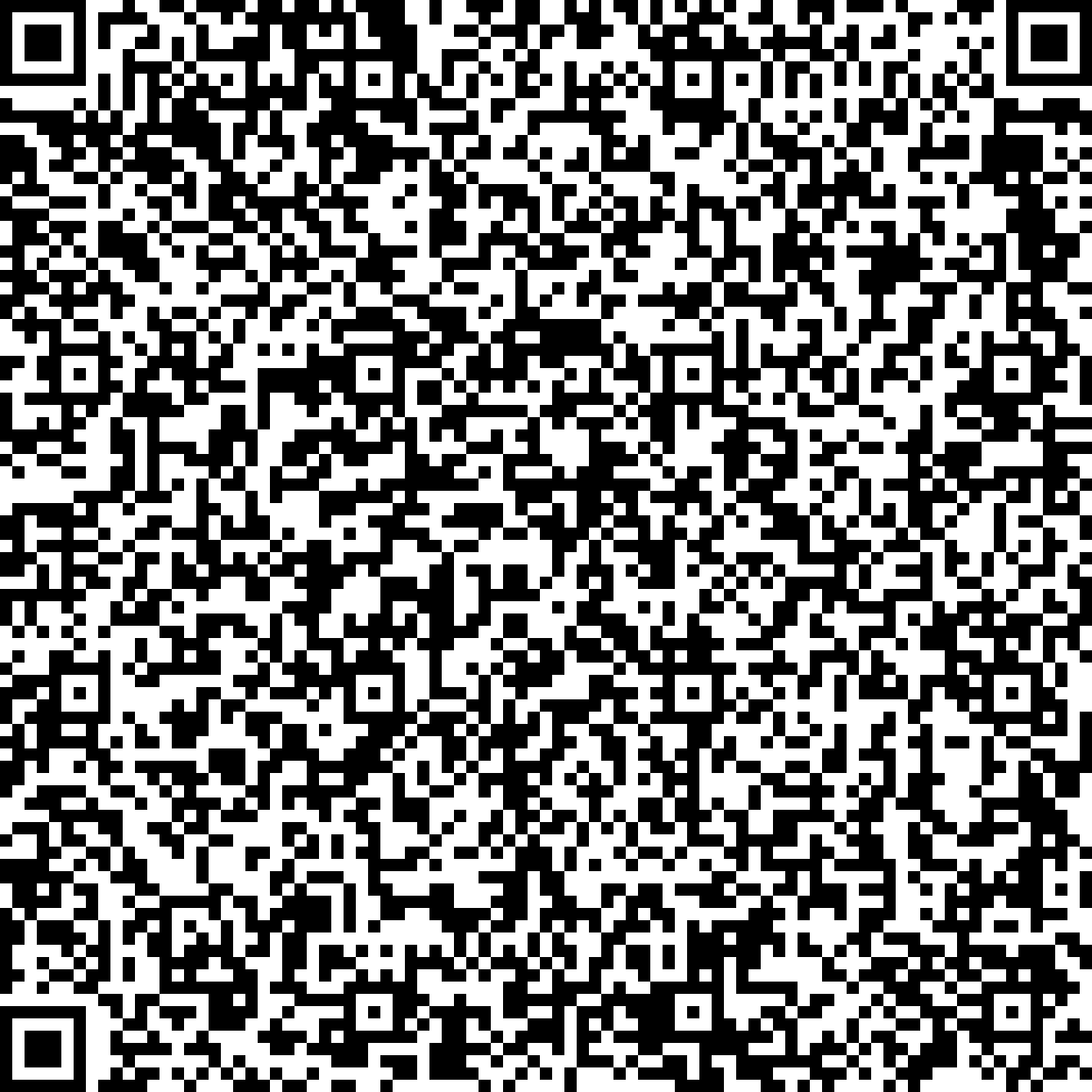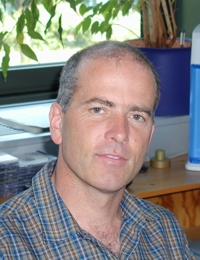


During the last 20 years ferroelectric ceramic stack actuators have been developed successfully and they are produced nowadays as a mass product in quantities of up to 100 millions per year. Currently enormous efforts are undertaken to replace lead based actuators by lead free materials systems. As these devices use the piezoelectric effect by converting electrical in mechanical energy a detailed understanding of the mechanical properties of ferroelectric ceramics is of prime importance for the production reliable components. Furthermore it is a fascinating field of materials science. This talk reviews the mechanical properties of ferroelectric ceramics at different lengths scales. Experimental results of investigations from nanoindentation over macroscopic ferroelastic up to electrode/ceramic interface crack measurements are presented and discussed in terms of their underlying fundamental processes, as dislocation motions, domain wall motions or surface charges in cracks. The contributions of Wolfgang Kreher are presented and issues for further research are address.



During the last 20 years ferroelectric ceramic stack actuators have been developed successfully and they are produced nowadays as a mass product in quantities of up to 100 millions per year. Currently enormous efforts are undertaken to replace lead based actuators by lead free materials systems. As these devices use the piezoelectric effect by converting electrical in mechanical energy a detailed understanding of the mechanical properties of ferroelectric ceramics is of prime importance for the production reliable components. Furthermore it is a fascinating field of materials science. This talk reviews the mechanical properties of ferroelectric ceramics at different lengths scales. Experimental results of investigations from nanoindentation over macroscopic ferroelastic up to electrode/ceramic interface crack measurements are presented and discussed in terms of their underlying fundamental processes, as dislocation motions, domain wall motions or surface charges in cracks. The contributions of Wolfgang Kreher are presented and issues for further research are address.